Global Sawfish Search
In order to protect the five species of endangered sawfishes, we need to know where they can still be found today. Colin will work with sawfish experts around the world to undertake a global sawfish survey using environmental DNA (eDNA).
I grew up exploring tide pools, fishing and snorkelling along the west coast of Australia. At age nine I announced to my family that I was going to be a marine biologist. That started a life-long journey of discovery and adventure with the ocean. I studied at James Cook University in Queensland, first for my Bachelor’s degree and then PhD. Along the way, the opportunity to research sharks and rays presented itself Since then, elasmobranch have been the primary focus of my career for 30 years.
It was during my PhD in the late 1980s that I caught my first sawfish...
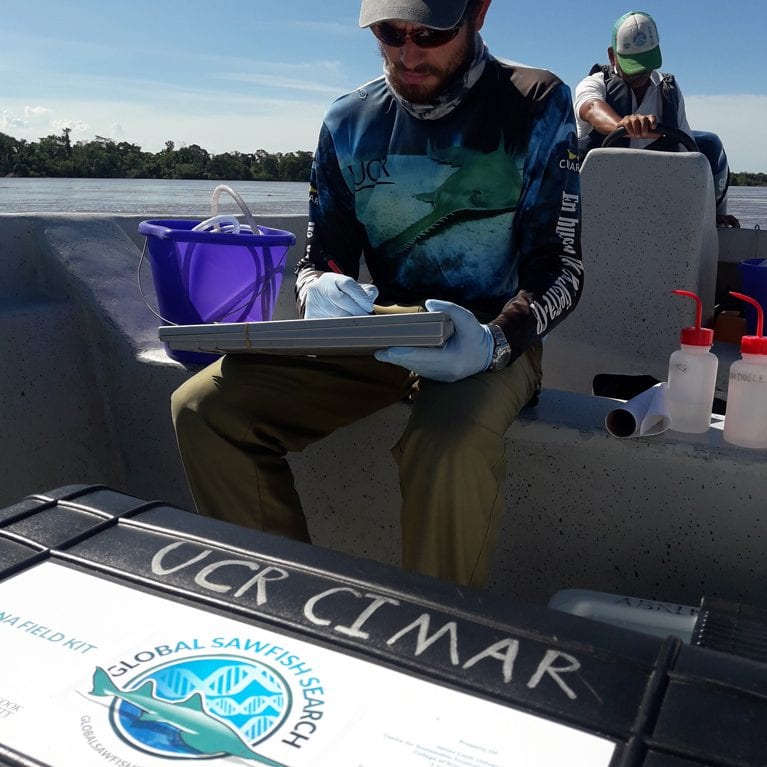
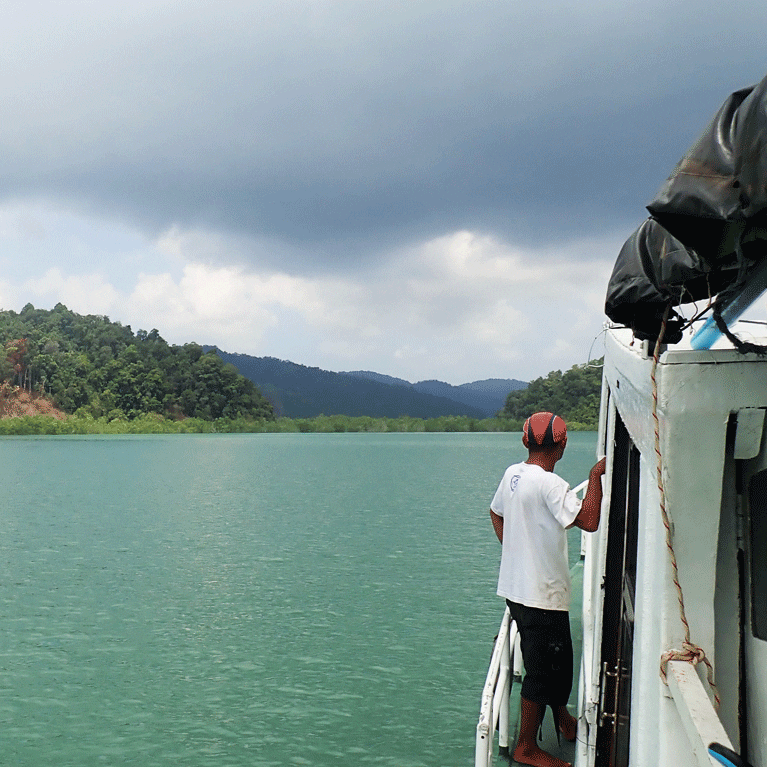
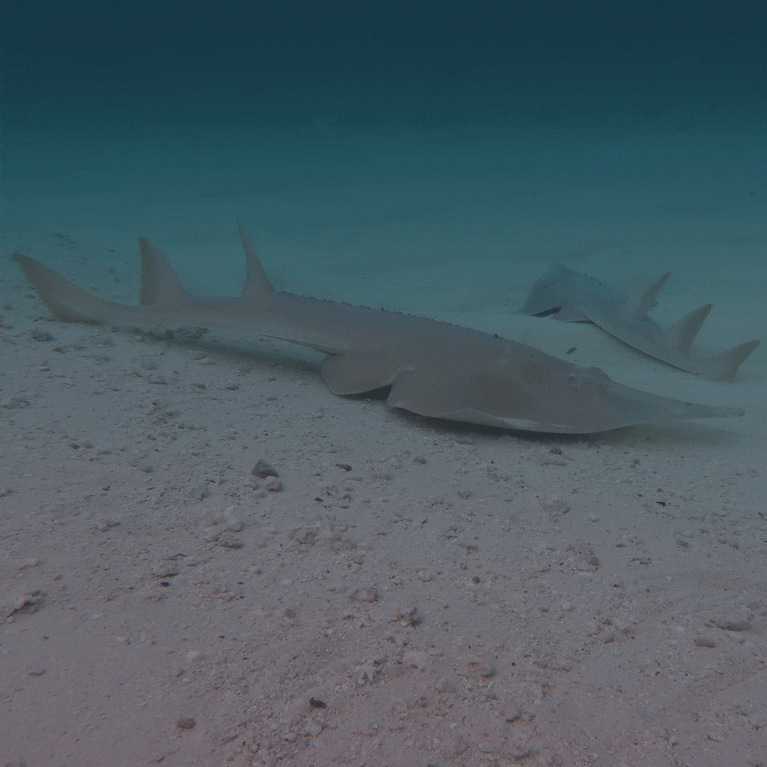
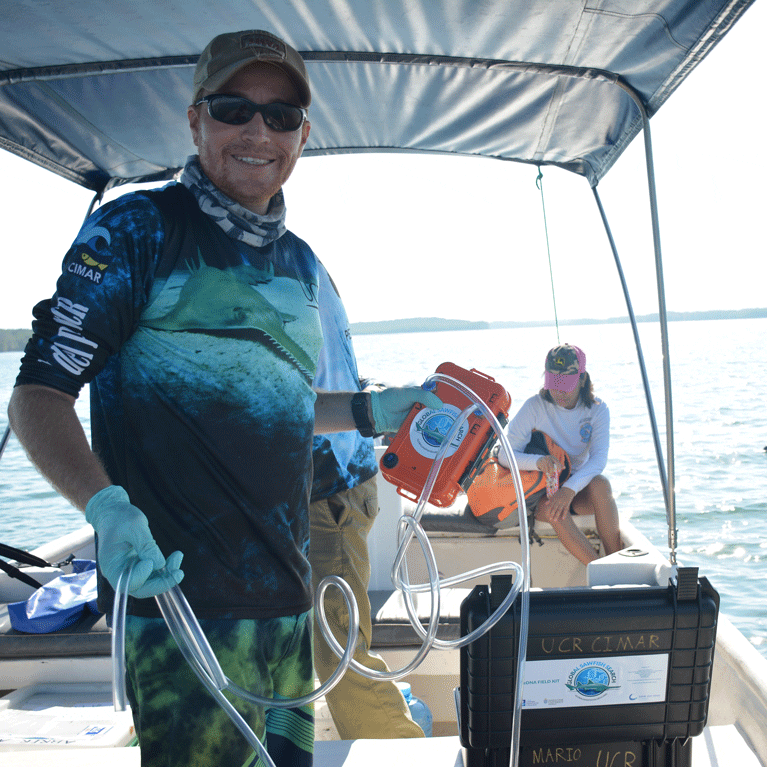
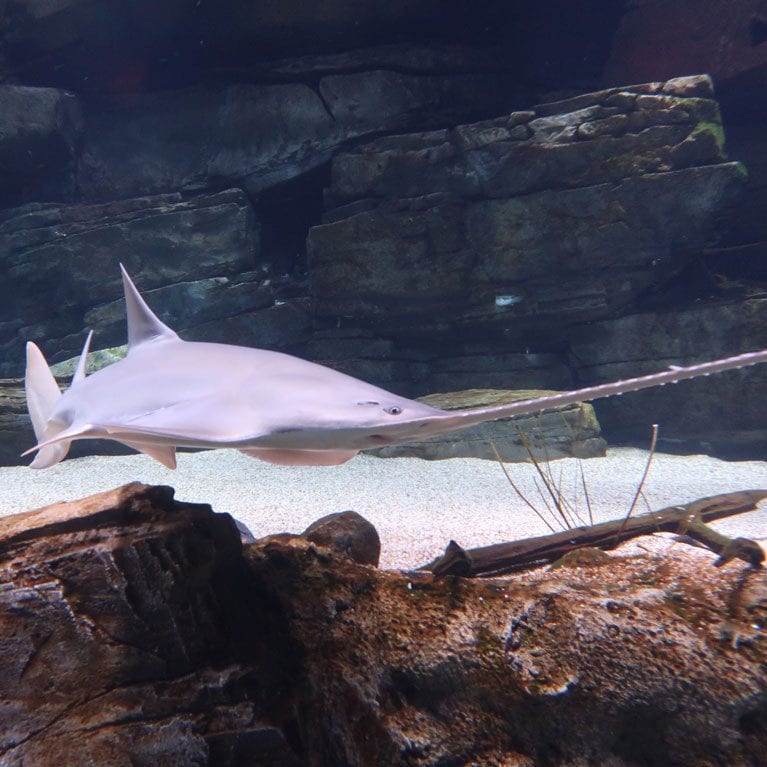

Global Sawfish Search
To resolve the current global distribution of sawfishes using eDNA survey techniques.
Sawfishes are considered the most threatened group of marine fishes, with all species on the IUCN Red List as Critically Endangered or Endangered. Sawfishes have disappeared from many countries that made up their historic range because of fishing and habitat loss. As a result of rapid population declines sawfishes are protected by many of their range states, and listed by CITES and CMS. The development of a global conservation strategy identified the need to clearly resolve where populations persist beyond the known refuges of northern Australia and Florida. The rarity of sawfishes, however, makes traditional fishing surveys largely ineffective, unreliable and cost-prohibitive, at the scales needed to locate now scarce individuals. Through a recent local test case in northern Australia eDNA has been demonstrated to effectively survey for sawfish. This successful proof of concept provides the opportunity to conduct broad-scale surveys to resolve the current distribution of all species.
Sawfishes (Family Pristidae) are considered to be globally the most threatened group of elasmobranchs with all five species listed either as Critically Endangered or Endangered by the IUCN Red List of Threatened Species. The decline of sawfish populations is largely a result of their high level of catchability in fishing gear, their occurrence in shallow coastal waters where they commonly interact with human activities, and the high value of their fins and saws (which mean they are rarely released unharmed). In addition, habitat modification such as damming of rivers and loss of mangroves have also played a role in the declines. At present sawfish populations appear to be relatively safe in only two locations – northern Australia and Florida. In these locations national protection, effective management of threats and ongoing monitoring have enabled populations to stabilise or even recover.
A recent analysis of the distribution of sawfish species demonstrated that all are extinct in significant parts of their historic ranges (30 – 81% decline in area of occurrence, depending on species), with 20 countries having lost all of their sawfishes, and 43 countries having lost at least one sawfish species. This analysis also demonstrated that there are many countries where the status of sawfishes remains uncertain. The lack of data on their current occurrence and distribution makes their conservation significantly more difficult because it is hard to know where to focus limited conservation resources to ensure that sawfish are not lost from more countries and to start recovering them in areas where they remain.
Traditional approaches to surveying and monitoring sawfish populations involve fishing surveys of potential habitats, and can be manually intensive and costly. This makes undertaking a global survey using these techniques prohibitively expensive and time consuming. New molecular approaches to surveying water bodies (rivers, estuaries and oceans), however, make broad global scale surveys more feasible. The most common approach currently being developed is environmental DNA (eDNA) where water samples are filtered and assayed for fragments of a specific species’ DNA. This technique is becoming more widely used for research and monitoring of pest, invasive and threatened species because of its cost- effectiveness and reliability. We recently demonstrated that this approach can be used to detect sawfish in the flood plain waterholes in northern Australia. This study has demonstrated the potential for this approach to be used to deliver greatly improved information on the occurrence and distribution of sawfish at large spatial scales.
- Development of species-specific qPCR probes and validation of eDNA methods for all species. Samples collected in known areas of occurrence of each of the species (northern Australia, Florida) by experienced sawfish researchers will be analysed at JCU. Field and laboratory techniques will be refined to ensure positive outcomes.
- Development of field kits, manual and training materials. Rugged field kits will be constructed including all required equipment to collect samples in the field. A manual describing protocols will be produced and training materials (written and video) developed to ensure appropriate use of sampling kits by project participants.
- Prioritized global sampling strategy developed. Information from the Global Sawfish Conservation Strategy and other available data, will be used to develop a global sampling strategy to guide the distribution of sampling effort by project participants. The survey will be global including Africa, Middle East, Asia, and South and Central America.
- Conduct global survey of the occurrence of sawfishes. Field sampling kits will be distributed to project participants working in locations identified in the prioritized global sampling strategy. Participants will be identified from the IUCN Shark Specialist Group Sawfish Network and Sawfish Conservation Society. Samples will be analysed at JCU.
- Revised distribution of sawfish species produced and communicated. Survey results will be synthesized to produce a current distribution for each species. Results will be widely communicated (reports, scientific papers, social media, presentations, etc) to science, management, policy and conservation communities to identify priority areas for future sawfish conservation.

